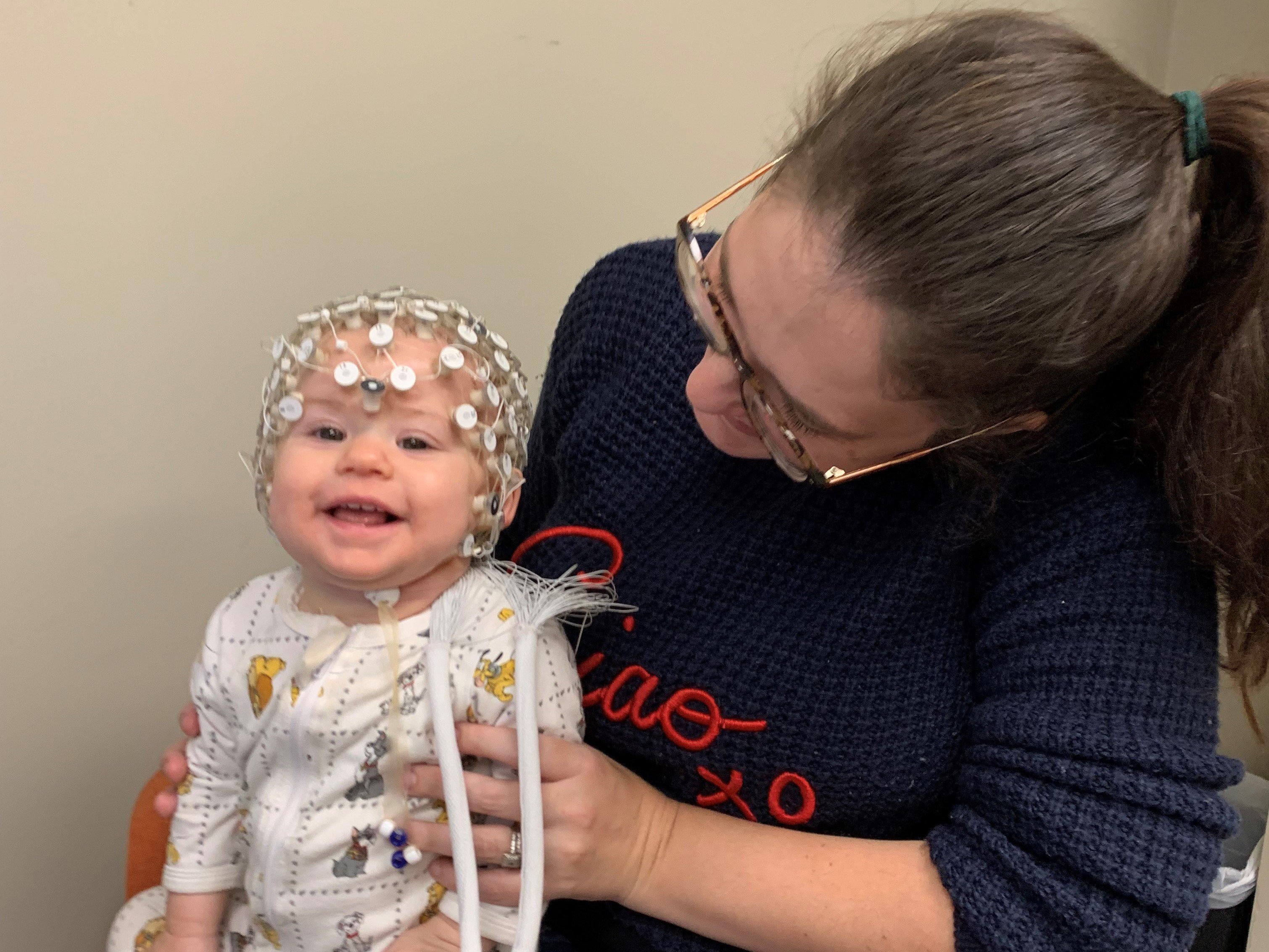Search
Showing results for "Au"
Research
Co-occurring Neurodevelopmental Conditions in Children: Advocating for Transdiagnostic Approach to AssessmentsApproximately 8% of all children experience developmental and mental health conditions. Similarities in characteristics across neurodevelopmental conditions-such as difficulties in communication and language, social interaction, motor coordination, attention, activity regulation, behavior, mood, and sleep-make it challenging to attribute these characteristics exclusively to specific diagnoses and assessments. The purpose of this study was to identify symptomatic domains across neurodevelopmental conditions in children and to explore dimension reduction for transdiagnostic assessment.
Research
Standardization of Epidemiological Surveillance of Invasive Group A Streptococcal InfectionsInvasive group A streptococcal (Strep A) infections occur when Streptococcus pyogenes, also known as beta-hemolytic group A Streptococcus, invades a normally sterile site in the body. This article provides guidelines for establishing surveillance for invasive Strep A infections. The primary objective of invasive Strep A surveillance is to monitor trends in rates of infection and determine the demographic and clinical characteristics of patients with laboratory-confirmed invasive Strep A infection, the age- and sex-specific incidence in the population of a defined geographic area, trends in risk factors, and the mortality rates and rates of nonfatal sequelae caused by invasive Strep A infections.
Research
10-Valent pneumococcal non-typeable H. influenzae protein D conjugate vaccine versus 13-valent pneumococcal conjugate vaccine as a booster dose to broaden and strengthen protection from otitis media in Australian Aboriginal children: study protocol18 months of age infants receiving 10-valent pneumococcal Haemophilus influenzae protein D conjugate vaccine will have higher antibody levels
Research
Australian Aboriginal children have higher hospitalization rates for otitis media but lower surgical procedures than non-Aboriginal childrenAboriginal children and children from lower socio-economic backgrounds were over-represented with OM-related hospitalizations but had fewer TTIs
Research
Combination of clinical symptoms and blood biomarkers can improve discrimination between bacterial or viral community-acquired pneumonia in childrenCombining elevated CRP with the presence or absence of clinical signs/ symptoms differentiates definite bacterial from presumed viral pneumonia better than CRP alone
Research
Development and validation of the Australian Aboriginal racial identity and self-esteem survey for 8-12 year old children (IRISE-C)In Australia, there is little empirical research of the racial identity of Indigenous children and youth as the majority of the current literature focuses on...
Research
Childhood pneumonia in the Eastern Highlands Province of Papua New Guinea: clinical, microbiological and immunological predictors of diseaseChristopher Deborah Hannah Lea-Ann Peter Blyth Lehmann Moore Kirkham Richmond MBBS (Hons) DCH FRACP FRCPA PhD AO, MBBS, MSc OAM BSc (Hons)
Research
Prediction of Causative Pathogen of Osteomyelitis Using Bayesian Network ModellingAsha Christopher Tom Bowen Blyth Snelling BA MBBS DCH FRACP PhD GAICD FAHMS OAM MBBS (Hons) DCH FRACP FRCPA PhD BMBS DTMH GDipClinEpid PhD FRACP Head

Brain and behaviour research encompasses a child's learning, development and mental health - and the impact and development of conditions like cerebral palsy, autism and intellectual disability.
Research
Time investment and child developmentThis project aims to explore how Australian children spend their time over an extended and important period of their lives (from birth to 16/17 years old) and how such time allocation contributes to their development outcomes.
